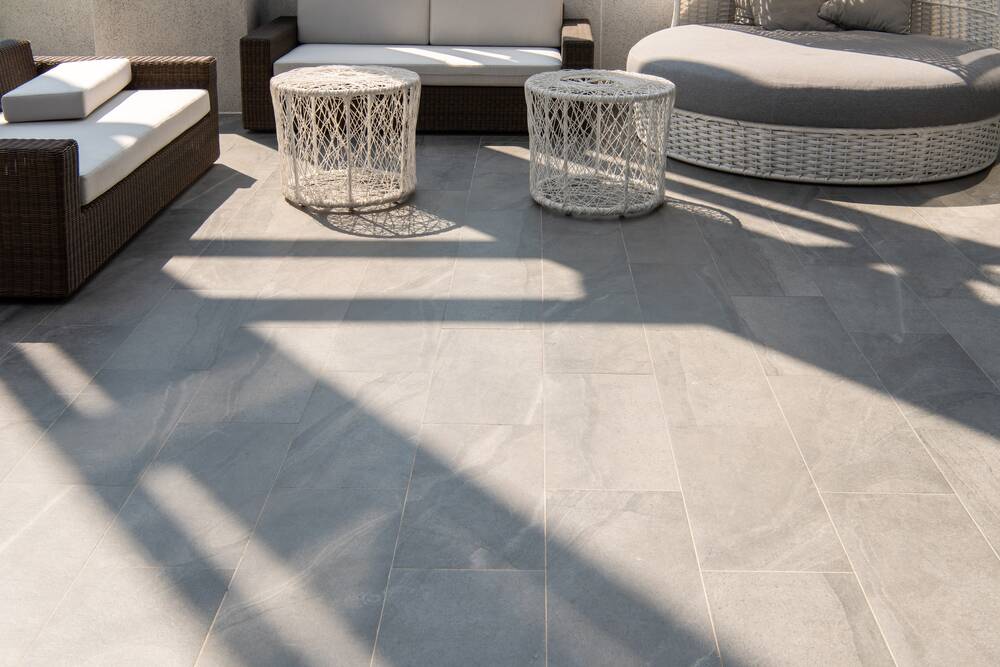Weathering the Trends: How Hepburn's Climate Influences Tile Selection for Homes and Businesses

Brought to you by Emmanuel Davis
When selecting the perfect tiles for homes and businesses in Hepburn, it is crucial to consider not just aesthetic appeal but also the practical implications of the region's distinctive climate.
Hepburn, known for its variable weather, ranging from cool, misty winters to warm, dry summers, presents unique challenges and opportunities for architects and interior designers. This article explores how the local climate should influence tile selection to ensure both durability and style.
Understanding Hepburn's Climate
Before diving into tile selection, it's important to recognize the specific climate characteristics of Hepburn. The region experiences a significant range of temperatures throughout the year, which can affect the performance and lifespan of building materials. Winters can be cold with occasional frost, while summers are typically warm but not extreme. This temperature fluctuation can lead to expansion and contraction in building materials, which must be considered when selecting tiles.
Choosing Tiles for Durability
Indoor Considerations
For indoor environments, such as homes and office buildings, the choice of tiles must reflect the need for durability against temperature changes. Porcelain tiles are an excellent choice due to their low porosity and high resistance to temperature variations. They do not absorb moisture easily, which prevents cracking during cold spells. Additionally, their hardiness makes them suitable for high-traffic areas in businesses.
Outdoor Applications
Outdoor tile selection faces the brunt of Hepburn's climate challenges. Here, tiles need to withstand not just temperature swings but also direct exposure to elements like UV rays and rain. Natural stone tiles, although beautiful, require sealing to prevent water absorption and weather damage. Alternatively, high-density ceramic tiles or treated concrete tiles offer resilience against frost and heat, making them ideal for outdoor use.
Aesthetic Choices Aligned with Climate
The aesthetic of the tiles should not only complement the architectural style but also be suited to the local climate. In cooler, cloudy conditions, opting for lighter colors can help brighten spaces. For sunnier spots, one might consider tiles with a matte finish to reduce glare. Textured tiles can also be advantageous, providing slip resistance in wet conditions typical of Hepburn's winters. For those wondering where to find tiles in Melbourne, there are numerous specialty shops and larger home improvement stores that offer a wide range of options suitable for the varied climate of Hepburn.
Practical Tips for Homeowners and Businesses
- Consult Professionals: Always consult with a local architect or interior designer who understands the regional climate and can provide tailored advice.
- Consider the Sun Exposure: Areas receiving more sunlight might require tiles that are fade-resistant.
- Think About Maintenance: Choose tiles that are easy to clean and maintain, keeping in mind the local dust and soil conditions which might affect the appearance over time.
Conclusion
Choosing the right tiles for your home or business in Hepurn is more than just a matter of style. It's about making informed choices that consider the long-term impacts of the local climate. By selecting materials that can withstand temperature fluctuations and moisture, and by choosing colors and textures that enhance the environment, property owners can ensure their investments remain both beautiful and durable through the seasons. The key is to balance aesthetic desires with practical realities, creating a space that is both inviting and resilient.


